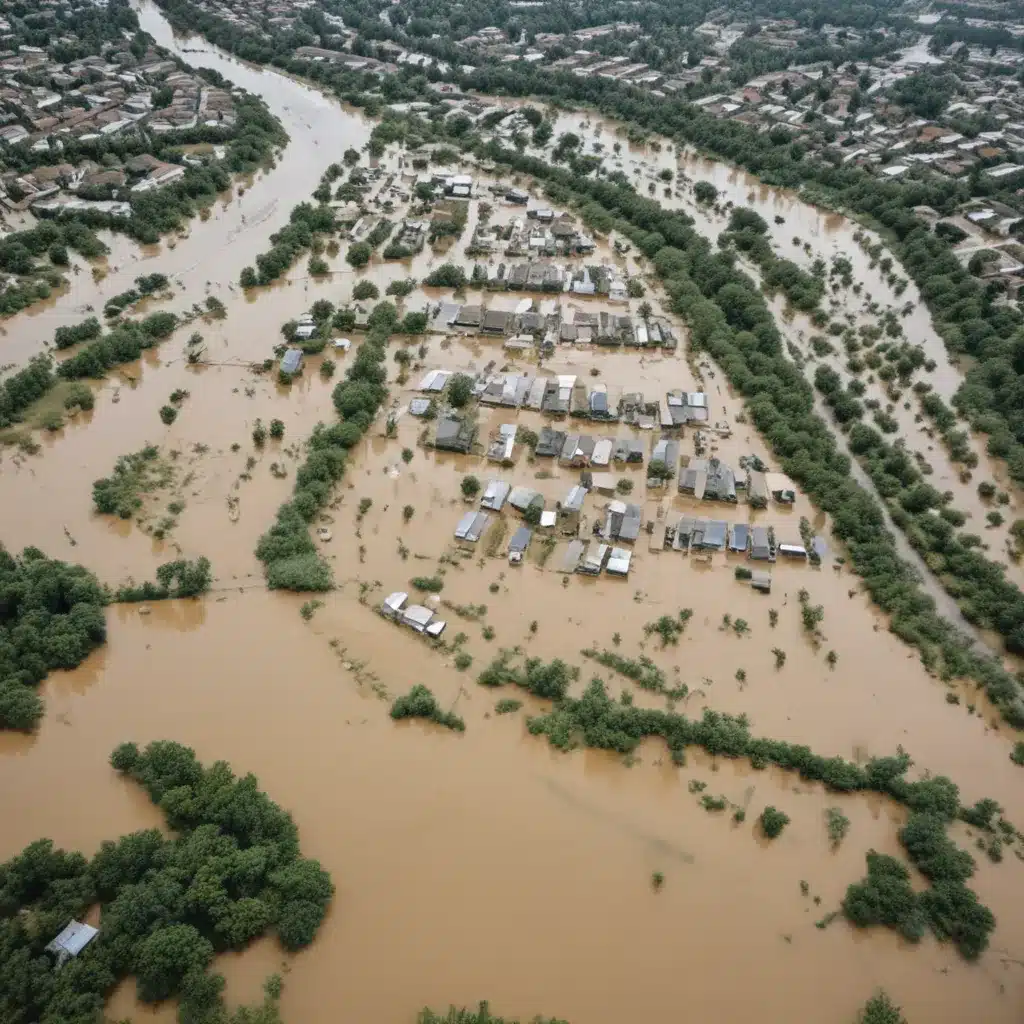
Flooding has emerged as a significant environmental challenge, affecting millions of people globally each year and causing significant damage to infrastructure, property, and livelihoods. In recent decades, the frequency and intensity of flood events have increased due to various factors, including climate change, urbanization, and changes in land use. To effectively mitigate the risks posed by flooding, a comprehensive and integrated approach to flood management is essential.
One promising strategy that has gained increasing attention is the integration of citizen science and community-based monitoring networks into flood early warning systems (EWSs). This approach empowers local communities to actively participate in the process of flood risk assessment, monitoring, and response, leading to enhanced preparedness and resilience. In this article, we explore the role of citizen science in strengthening flood EWSs, examining how it can address power dynamics, improve resource allocation, and foster collaborative decision-making among stakeholders.
Citizen Science: Bridging the Gap between Communities and Flood EWSs
Conventional flood EWSs often suffer from a top-down, expert-driven approach that can fail to address the unique needs and perspectives of local communities. This disconnect can lead to a lack of trust, limited community engagement, and ultimately, the ineffectiveness of the EWS. Citizen science, on the other hand, provides a collaborative framework that empowers local residents to actively contribute to the process of flood risk management.
By integrating citizen science into flood EWSs, communities can play a vital role in the co-generation of knowledge, monitoring and warning, communication and dissemination, and enhancing response capabilities. This approach promotes the equitable distribution of expertise and decision-making power, addressing power imbalances that often exist between authorities and at-risk communities.
Co-Generating Knowledge for Flood Risk Assessment
One of the key benefits of incorporating citizen science into flood EWSs is the enhanced understanding of local flood dynamics and risk factors. Through collaborative efforts, citizen scientists can provide invaluable insights into the specific characteristics of their communities, such as the impact of heavy rainfall, the role of infrastructure (e.g., dams, drainage systems), and the vulnerabilities of different population groups.
This co-generation of knowledge can inform the development of more targeted and effective flood risk assessment strategies. For example, citizen scientists in the Akaki catchment area of Ethiopia have collaborated with researchers to keep detailed journals chronicling their observations on flood triggers, impacts, and warning systems. This has led to a deeper understanding of the complex interactions between rainfall, dam water releases, and the resulting flood patterns in the region.
Monitoring and Warning: Empowering Local Actors
Traditionally, flood monitoring and warning systems have been the domain of government agencies and technical experts. However, the integration of citizen science can empower local communities to actively participate in these critical processes. By providing training and resources, citizen scientists can be equipped with the necessary skills to monitor flood-related parameters, such as water levels, rainfall patterns, and infrastructure conditions.
This collaborative approach not only reduces the reliance on external authorities but also fosters a sense of ownership and agency among community members. In the Akaki catchment, for instance, citizen scientists have been trained to interpret rainfall forecasts and estimate changes in water levels, enabling them to issue timely flood warnings to their neighbors without constantly relying on communication with dam operators.
Communication and Dissemination: Enhancing Trust and Accessibility
Effective communication and dissemination of flood early warning information are crucial for ensuring the success of flood EWSs. However, many conventional systems struggle with the reliability and accessibility of warning messages, often failing to reach the most vulnerable populations.
By integrating citizen science, flood EWSs can establish more robust and trustworthy communication channels. Citizen scientists can serve as vital conduits, disseminating warning information through a variety of means, such as phone calls, text messages, and word-of-mouth. This two-way communication between citizen scientists and relevant stakeholders, including dam operators and meteorological agencies, has significantly improved the reliability and timeliness of flood alerts in the Akaki catchment.
Enhancing Response Capabilities: Promoting Inclusive Preparedness
Flood preparedness and emergency response are critical components of effective flood risk management. Citizen science can play a pivotal role in empowering local communities to develop and implement tailored response strategies, fostering a sense of shared responsibility and ownership.
Through their involvement in the flood EWSs, citizen scientists in the Akaki catchment have gained a better understanding of flood triggers and potential impacts. This knowledge has enabled them to work with their neighbors to undertake proactive measures, such as securing agricultural tools, moving livestock and belongings to safer areas, and coordinating evacuation plans. This inclusive approach to preparedness has enhanced the overall resilience of the community in the face of flood events.
Addressing Power Dynamics and Building Resilience
The integration of citizen science into flood EWSs has the potential to address power dynamics that often hinder the effectiveness of top-down, expert-driven approaches. By actively involving local communities in the decision-making process, citizen science can promote equitable access to resources, foster collaboration among diverse stakeholders, and enhance the overall resilience of the flood EWS.
However, this transformation is not without its challenges. Sustaining the long-term engagement of citizen scientists, ensuring the equitable distribution of resources, and aligning with existing institutional frameworks and policies are some of the key obstacles that might want to be addressed. Nonetheless, the success stories from the Akaki catchment demonstrate the significant promise of this approach in enhancing flood preparedness and building community resilience.
As the impacts of climate change and urbanization continue to exacerbate flood risks globally, the integration of citizen science into flood EWSs offers a promising pathway to strengthen community-based disaster risk reduction. By empowering local communities, fostering collaborative decision-making, and leveraging diverse knowledge and resources, this approach can contribute to the development of more inclusive, equitable, and sustainable flood management strategies.
To learn more about innovative flood control technologies, community-based monitoring, and sustainable water management practices, visit Flood Control 2015.
Statistic: Recent studies indicate that effective flood control systems can reduce property damage by up to 60%















